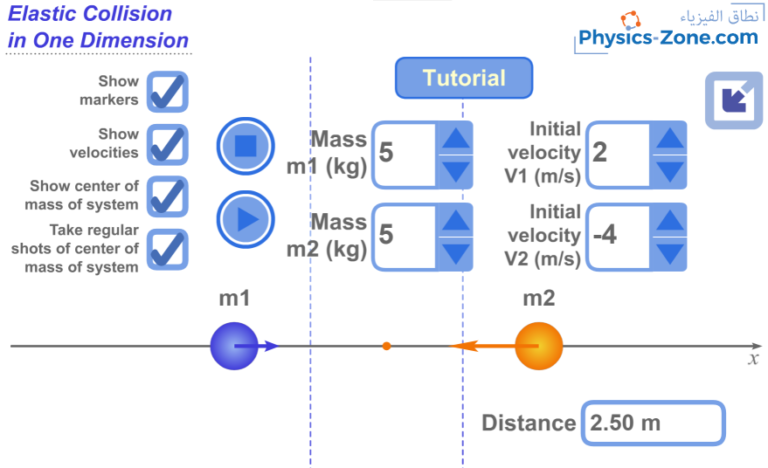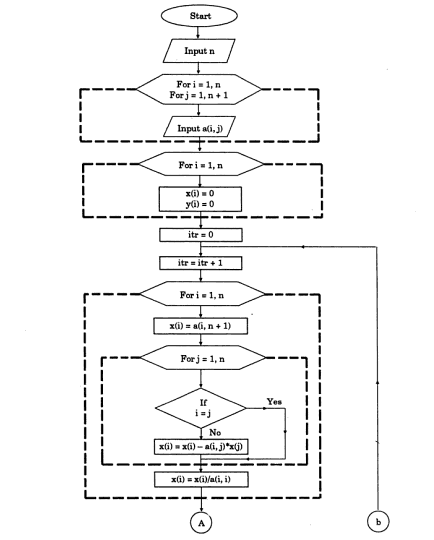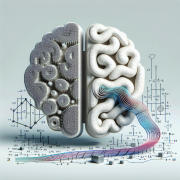Revolutionizing Soft Body Simulations with Elastic Body Simulation Technology
Revolutionizing Soft Body Simulations: The Miracle of Modern Physics Engines
Simulating so many intricate, physical interactions in virtual environments has often been regarded as a daunting task. Imagine trying to model the movement and collisions of millions of flexible, squishy objects, similar to simulating the behavior of people navigating a crowded airport. Traditionally, this level of complexity in computational simulations was unthinkable due to the sheer number of processing steps required. And yet, this is exactly what modern physics engines can pull off today. It’s truly stunning to witness!
In this article, I’ll dive into some incredible breakthroughs surrounding soft body simulations, discussing how modern computer science accomplishes feats that seem to defy the limits of computational power.
Simulating Soft Bodies: The Mechanics of Complexity
In the world of soft body simulations, objects are not rigid; they’re flexible, squishy masses that respond to forces like pressure and gravity, exhibiting natural elasticity. These objects deform upon impact but can return to their original shape—modeling them requires careful consideration of millions of individual interactions.
Consider this: simulating a single object bumping into another might seem manageable, but what happens when you’re dealing with a scatter of soft bodies—things get complicated. Each of these collisions creates forces distributed unevenly throughout the object, which can also affect their shape and motion. Yet, thanks to advanced computational models, we can now simulate millions of such bouncing, squishy bodies with very high accuracy.

Traditionally, collisions between soft bodies posed a nightmare, computationally speaking. Consider the number of calculations required to model how these bodies squish, interact, and compress each other. Each collision influences the objects’ shapes and further collisions, multiplying complexity. If we’re thinking of simulating multiple items—such as octopi or armadillos pressed against an enclosure—the requirements only grow.
Elasticity at Scale: Model Accuracy Meets Power
One of the most impressive feats in modern physics engines is their ability to simulate large-scale interactions realistically. For instance, take an experiment where large, weighted objects (such as a cube) are dropped onto soft, elastic bodies below. Not only do you have to model the exact way the cushions compress underweight, but further, you must ensure that the engine retains accuracy amid potentially thousands of concurrent forces.
This becomes even more fascinating when coupled with topological changes—imagine adding strength to some areas while weakening others, thereby creating possible tears in materials. Today’s simulators can account for tearing or stretching fabric as well as predicting its mechanical response during a collision. What sounds like science fiction is made feasible due to sophisticated algorithms.
From this experiment watching a soft armadillo getting compressed only to spring back to its original shape, we could see the remarkable stability of the simulations. Even under extreme stress conditions, these systems maintain accuracy, defying our expectations. This feat is especially notable considering previous physics engines would “break” when pushed beyond their thresholds, often leading to a collapse in the simulations or wild instabilities.
The Secret Behind the Speed: Adaptive Solvers and Gauss-Seidel Iterations
Now, let’s discuss something truly remarkable—how do today’s simulators pull this off at such speeds? What’s more mind-blowing is that such simulations can run in real-time or near-real-time. These technologies don’t require days or hours—they take mere seconds per frame. Behind this success is a mix of cutting-edge algorithms, math, and smart engineering.
A technique detailed in this field uses **Gauss-Seidel iterations**, a “divide-and-conquer” method that breaks down a mammoth problem into smaller, more digestible pieces. Here’s how it works—every complex simulation is subdivided into local, independent problems that can be processed and solved simultaneously. This might sound simple, but the way to get optimal performance from this method lies in minimizing the number of dependencies between regions – making problems as isolated from one another as possible.
To put it in perspective, modern systems can simulate upwards of 50 million vertices and 150 million tetrahedra. Importantly, efficiency isn’t just about crunching numbers faster—these algorithms ensure stability even under chaotic conditions. This combination of speed and stability shows how much computational physics has advanced.

Real-World Impact and Applications
Progress in soft body physics doesn’t just belong in research papers or experimental labs; its impact spans industries like video games, filmmaking, medical simulation, robotics, and even more practical avenues like automotive crash testing. In the industry, using elastic body simulations allows intricate tests before building physical prototypes, shaving off millions in development costs and significantly lowering risk factors.
In my own professional life, I’ve seen applications of powerful physics simulations turn abstract concepts into functional models. These breakthrough methods share some similarities with approaches I’ve experimented with over time in my AI-related work, especially in overcoming scale-related problems with efficient computing models. As explored in past blog posts on elastic body simulation and AI, this kind of physics-based approach mirrors how we’re solving computational challenges across multiple industries (including robotics and AI-oriented simulations).
For example, consider how these simulations resemble the modeling of airflow over an aircraft’s structure or the interaction of mechanical parts within an automotive engine. It reminds me of past work, where I’ve dealt with system modeling for cloud and AI infrastructure—using simulations and optimizations to push limits of bound performance when dealing with virtualized environments.
A Quantum Leap in Graphical Fidelity
While this technology looks positively futuristic, its integration into mainstream applications is closer than many realize. When we stack one technique against another, it shows how evolving our approaches can result in logarithmic gains rather than incremental improvements. Trust me when I say that soft body simulation will play an ever-growing role in the next generation of both virtual environments and real-world engineering.

Conclusion
In a world where the virtual increasingly mirrors reality, elastic body simulations herald immense possibilities. These simulations can reveal the unseen physics of our universe, recreating complex interactions with an unprecedented level of detail. From compacting a squishy ball or modeling flesh-like material deformation, the precision and speed delivered by modern engines is astounding. I marvel at how computations considered next-to-impossible just a few decades ago are now achievable within seconds.
Moreover, advancements like these aren’t exclusive to the realm of computer graphics. As discussed in my prior analysis on advanced simulation techniques, the implications extend well beyond the screen, from modern AI development to how we approach visual and physical problem-solving in engineering disciplines, **becoming an essential factor in how we understand complex systems like quantum-level interactions** (Loop Quantum Gravity vs. String Theory).
We’re living in exciting times where computation, physics, and aesthetic beauty converge with growing capability—a revolution of simulation.
Focus Keyphrase: Elastic Body Simulation






Elastic body simulations are a true testament to how far computational physics has come, making previously impossible tasks not only feasible but impressively efficient.
I am somewhat skeptical of the direction AI is headed but optimistic about some of the promises it might hold. This elastic body simulation technology sounds groundbreaking and could influence areas like robotics or even home security. I’m fascinated by the potential, though curious to see its real-world applications. – Hope Thompson from Florida